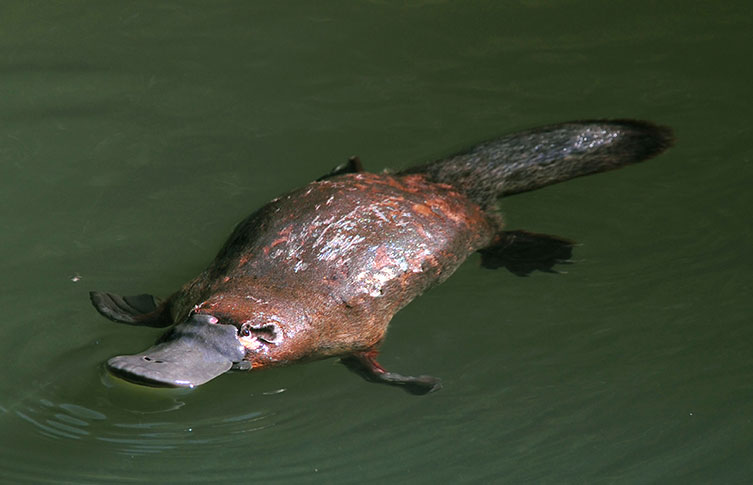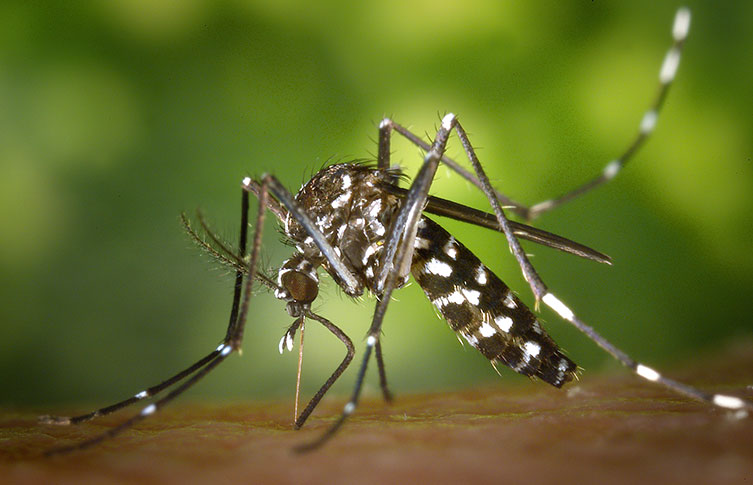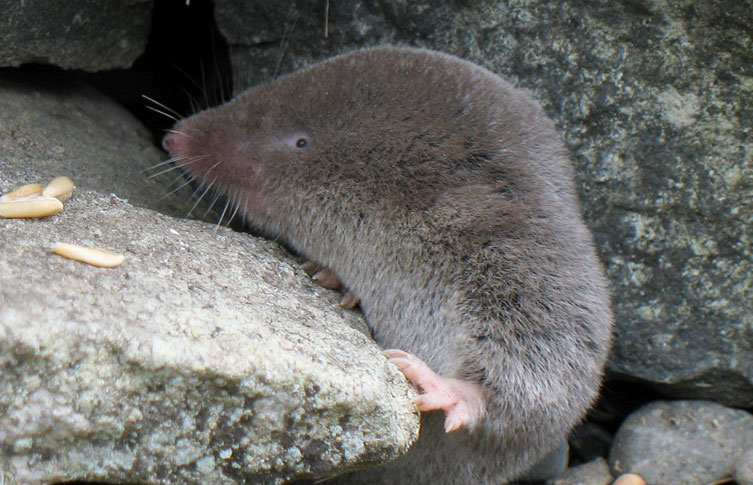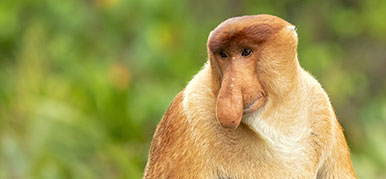Venom is usually associated with insect stings and reptile bites.
But this versatile, injectable substance is also used to attack or defend by a number of animals - including some you might not expect.

Mimicry is rare in mammals, but the pattern of slow loris's fur is thought to mimic the colouration of cobras. This may help to keep predators at bay. © Abdulroheem Lungleengo/ Shutterstock
Venom is usually associated with insect stings and reptile bites.
But this versatile, injectable substance is also used to attack or defend by a number of animals - including some you might not expect.
Slow lorises (above) are the only venomous primates. They have become an internet sensation thanks to videos of them raising their arms to be 'tickled'. However, a slow loris with its arms raised is actually taking a defensive posture.
The primate raises its arms for easy access to the toxin-producing brachial gland under its arm. The animal licks the gland, because mixing the toxin with saliva is how its bite becomes venomous.
Sadly, the slow loris is frequently illegally traded, sold across the world as an exotic pet.
To avoid a bite that can lead to anaphylaxis and death in humans, traders often clip the animal's teeth. Many slow lorises die as a result of blood loss or infection from these procedures.
Another remarkable thing about this primate is its colouration. It is thought that the patterns on its fur developed to mimic the colouration of cobras, helping it to prevent predator attacks.

Only the male platypus produces venom, which is sometimes used for defence, but mostly for fighting over both territory and females during the mating season © worldswildlifewonders/ Shutterstock
The platypus is one of only five species of egg-laying mammals, known as monotremes. All monotremes are native to Australia and New Guinea.
The platypus has a range of features that make it quite unlike any other animal.
With a large bill, a paddle-like tail, webbed feet and a furry body, this funny-looking animal produces venom that evolved to cause pain, mainly in other platypuses.
Male platypuses possess a sharp set of spurs on their hind heels and use their venom against other males to maintain their territory. The venom is produced seasonally, increasing in the mating season.
Humans who have been envenomed by a platypus experience excruciating pain that, while non-fatal, also can't be eased by traditional painkillers like morphine.

In response to a mosquito bite, the human body produces histamines, causing a red welt. This compound is the immune system's response to a foreign pathogen entering the bloodstream. © James Gathany, CDC/ Wikimedia Commons
Female mosquitoes feed on blood through a needle-thin and straw-like proboscis, although the resulting itchy red lump on the skin is referred to as a bite.
The mosquito pierces the skin and searches for a blood vessel, then injects saliva into the wound. Full of anti-coagulants, the saliva prevents the wound from closing, allowing the insect to drink its fill.
As an injectable substance, mosquito saliva can be considered a type of venom.
However, the red lump isn't caused by the venom but the human body's response to it. To fight the saliva, the body produces histamines that cause the blood vessels in the affected area to swell, resulting in the lump.
Mosquito venom may not be particularly dangerous, but the diseases these insects can harbour often are.
Malaria kills 600,000 people every year, and an additional 12,000 deaths are caused by yellow fever. Mosquitoes can also carry dengue and Japanese encephalitis among many other diseases.

Mainly feeding on insects and earthworms, shrews don't have to use their venom to overpower their prey. Instead they use it as a natural food preservative. © Gilles Gonthier/ Wikimedia Commons
Shrews are small, mole-like mammals that are sometimes mistaken for mice. But unlike most other mammals, some shrew species are venomous. One of these is the American short-tailed shrew (Blarina brevicauda).
Venom can be transferred in many ways, including through spines, stingers or claws.
Unlike many venomous animals' teeth, which are hollow, shrews' teeth feature a groove along their sides, acting as a channel for the venom's delivery.
Shrews are thought to mainly use their venom for immobilising the small insects and earthworms they prey on.
In this instance, venom is a kind of preservative.The prey are paralysed and stored in the shrew's burrow. Paralysing the prey - as opposed to simply killing it - keeps food fresher for longer, after all.
Shrews eat at least their own body weight in food each day. Without the ability to store food this would be difficult for the mammal to achieve, especially in winter when supplies are scarce.

Despite their modest appearance, cone snails produce venom that is exceptionally potent, with that of one species being strong enough to kill humans © Laura Dinraths/ Shutterstock
Cone snails are a group of predatory sea snails. With colourful shells, these molluscs come in a variety of sizes and feed mainly on worms, although some have evolved to feed mainly on fish.
Their elegant appearance belies a remarkably effective hunting technique. Cone snails have a hypodermic needle-like tooth to inject their prey with paralysing venom. The tooth is launched like a harpoon, latching onto the unlucky victim. Some species are even equipped with a backwards-facing barb.
Their venom is a cocktail of toxins that paralyses their prey.
But the geography cone (Conus geographus) first disperses its toxins through the water. This is absorbed through the gills of its prey, causing them to become disorientated and enter a state of hypoglycaemic shock.
Then the cone harpoons the prey, leaving the fish to struggle for only one or two seconds before it is paralysed.
The venom of the fish-hunting geography cone is potent enough to kill humans, making this unassuming-looking mollusc one of the most venomous animals on Earth.

Just how weird can the natural world be?
Don't miss a thing
Receive email updates about our news, science, exhibitions, events, products, services and fundraising activities. We may occasionally include third-party content from our corporate partners and other museums. We will not share your personal details with these third parties. You must be over the age of 13. Privacy notice.
Follow us on social media